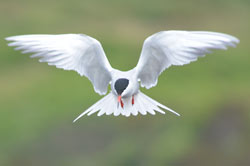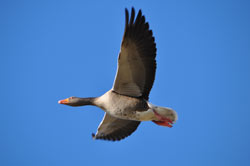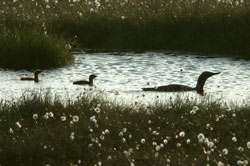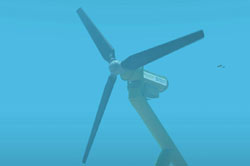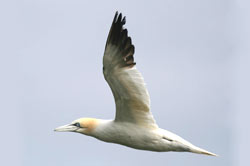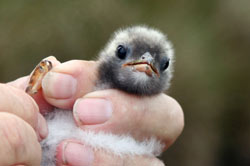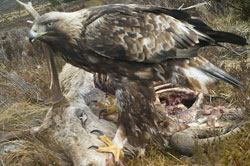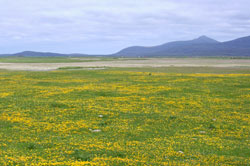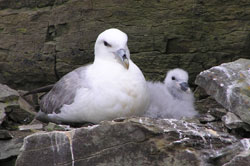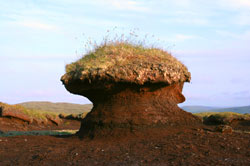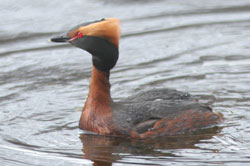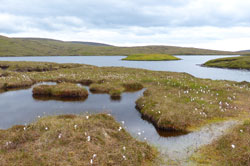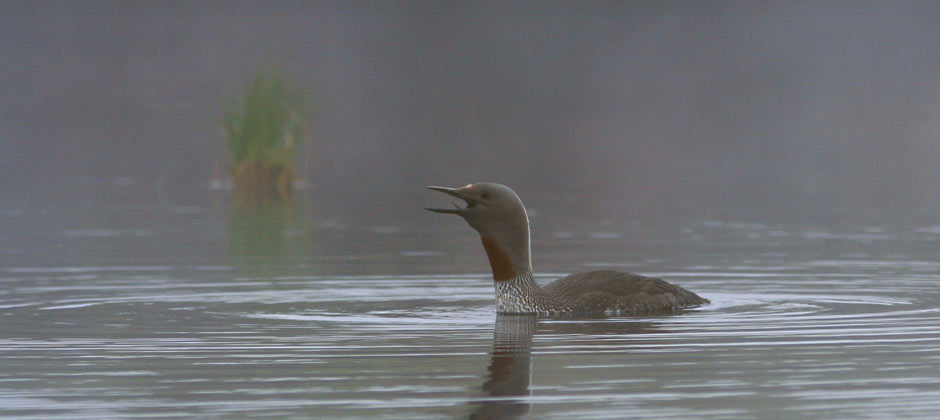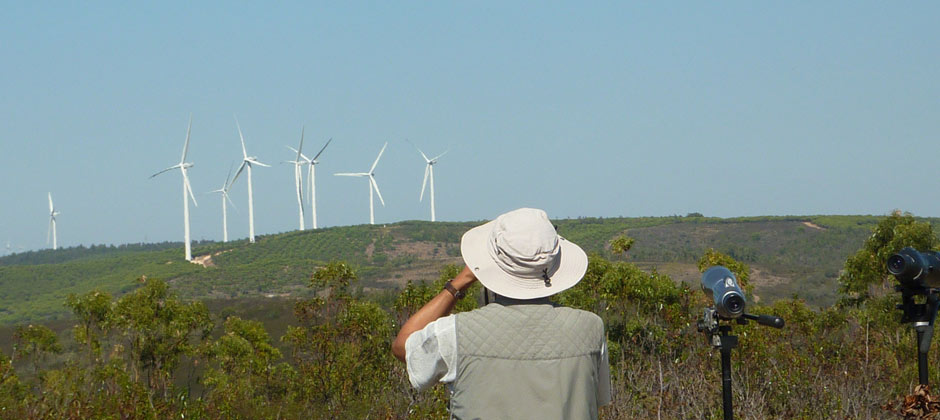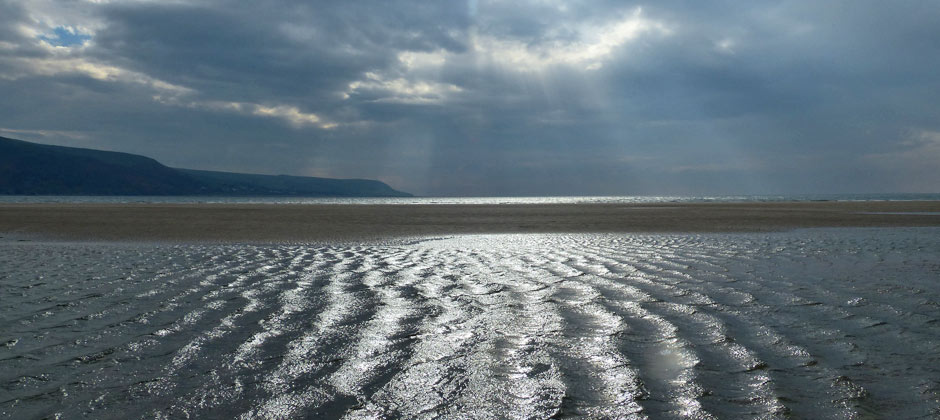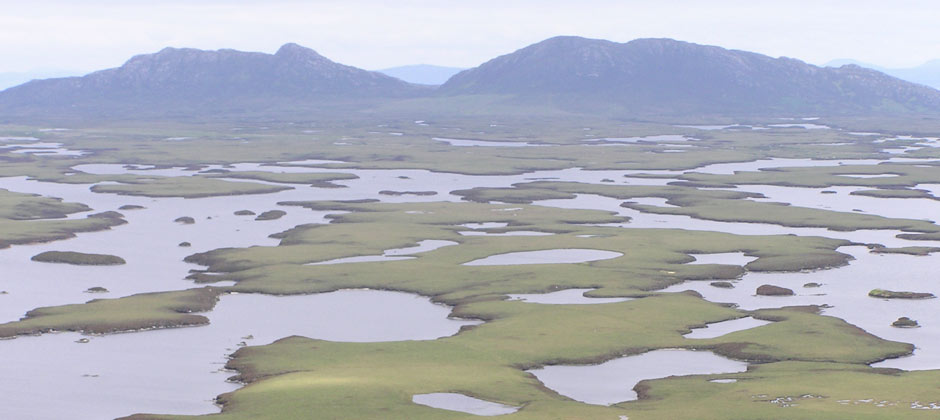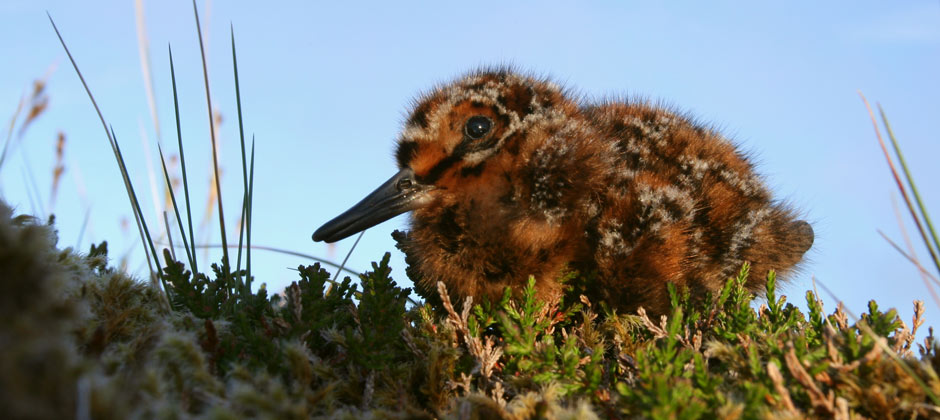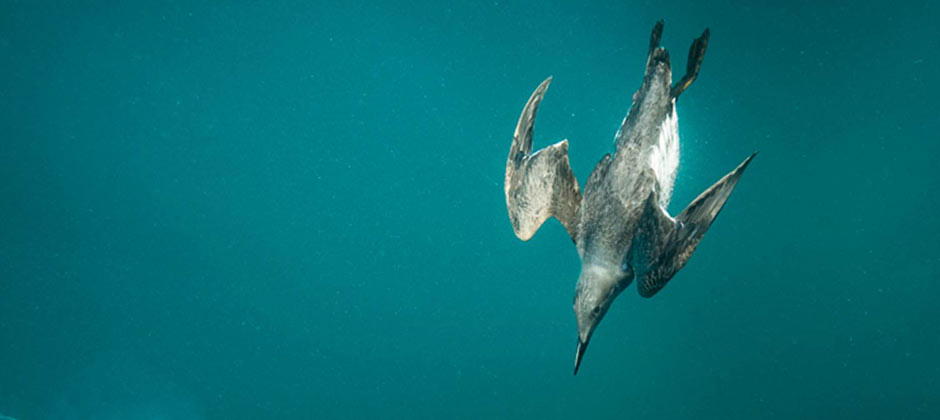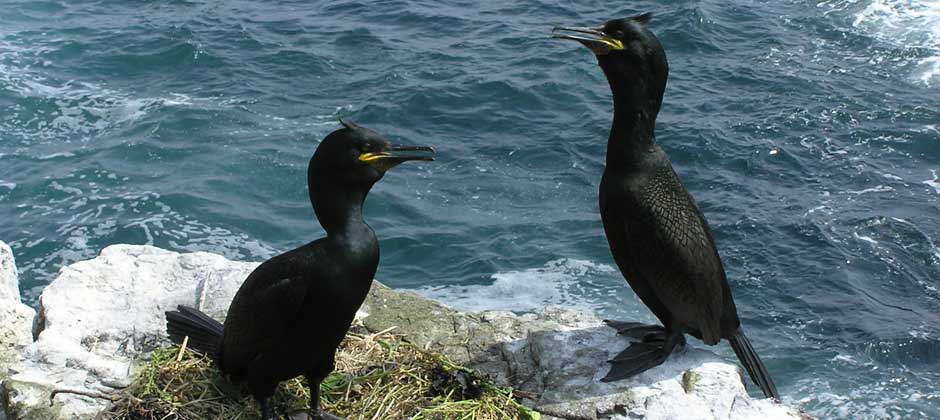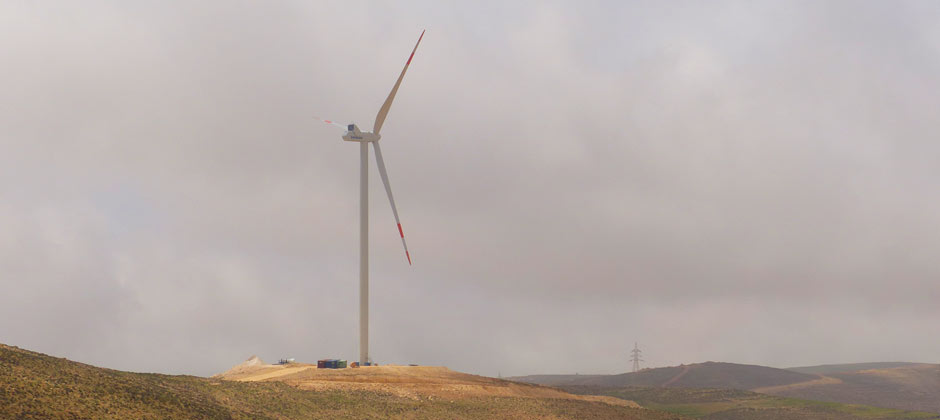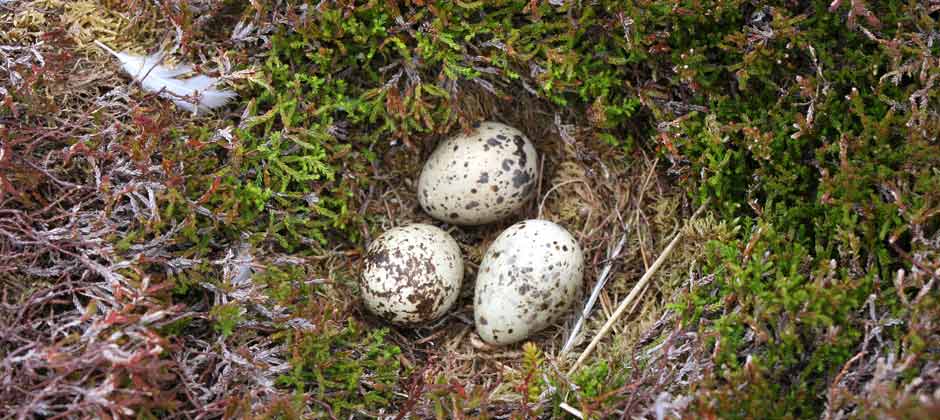
Atlantic Ecology
Environmental consultants and wildlife surveyors
Experience
Atlantic Ecology was set up in 2016 by Dr Digger Jackson, after more than ten years working as a senior consultant for a leading Scottish-based consultancy. Previous to this Digger accrued 15 years' experience working in conservation science research for wildlife NGOs.
Digger has considerable consultancy experience with large-scale renewable energy projects in the UK and overseas. His experience includes leading on the ornithology surveys and impact assessment studies for nine tidal stream array projects, two wave array projects, three offshore wind farms and several terrestrial wind farms.
Experience with tidal array projects include the Sound of Islay Demonstration Project, the first tidal array to be consented in the UK, Brims Tidal Array in Orkney, Fair Head Tidal Energy Park in Northern Ireland and the Perpetuus Tidal Energy Centre, off the Isle of Wight. Following on from the Minesto Holyhead Deep Tidal Array Phase 1 demonstration project off Anglesey in Wales, Atlantic Ecology is currently working on the EIA studies for the Phase 2 array project. Experience with wave arrays includes the EIA studies for the Lewis Wave Array Project, the first large scale wave array to be consented in the UK.
Digger has led and continues to lead the ornithology studies for the 103-turbine Viking Wind Farm in Shetland. This project faced particular challenges related to blanket-bog breeding birds such as red-throated diver, whimbrel, Arctic skua and golden plover. Extensive revisions to the original plan to avoid the most ornithological sensitive areas coupled with bespoke research on key species and a large-scale habitat management plan were instrumental to this project achieving consent.
Overseas wind farm experience includes organising migrant raptor surveys for a group of winds farms along the edge of the Dead Sea Rift Valley in Jordan and using the survey evidence to advise the International Finance Corporation on the potential for regional-scale cumulative impacts, and the assessment of the collision risks to endangered migratory shorebird species for a windfarm in South Australia. Offshore wind farm experience includes leading the EIA studies for the Hywind Scotland Pilot Park off Peterhead, the worlds first floating wind farm, and undertaking baseline ESAS surveys for large offshore windfarms proposed for the Firth of Forth.
Digger has authored numerous reports and peer reviewed papers on the EIA studies and research he has undertaken. He is also the lead author of Scottish Natural Heritage's bird survey and monitoring guidance for marine renewable developments ¹.
¹ Jackson, D., and Whitfield, P. (2011). Guidance on survey and monitoring in relation to marine renewables deployments in Scotland. Volume 4. Birds. Scottish Natural Heritage.
Specialist knowledge
Through his previous work and spare time passions Digger Jackson has acquired specialist knowledge on several topics. These include:
